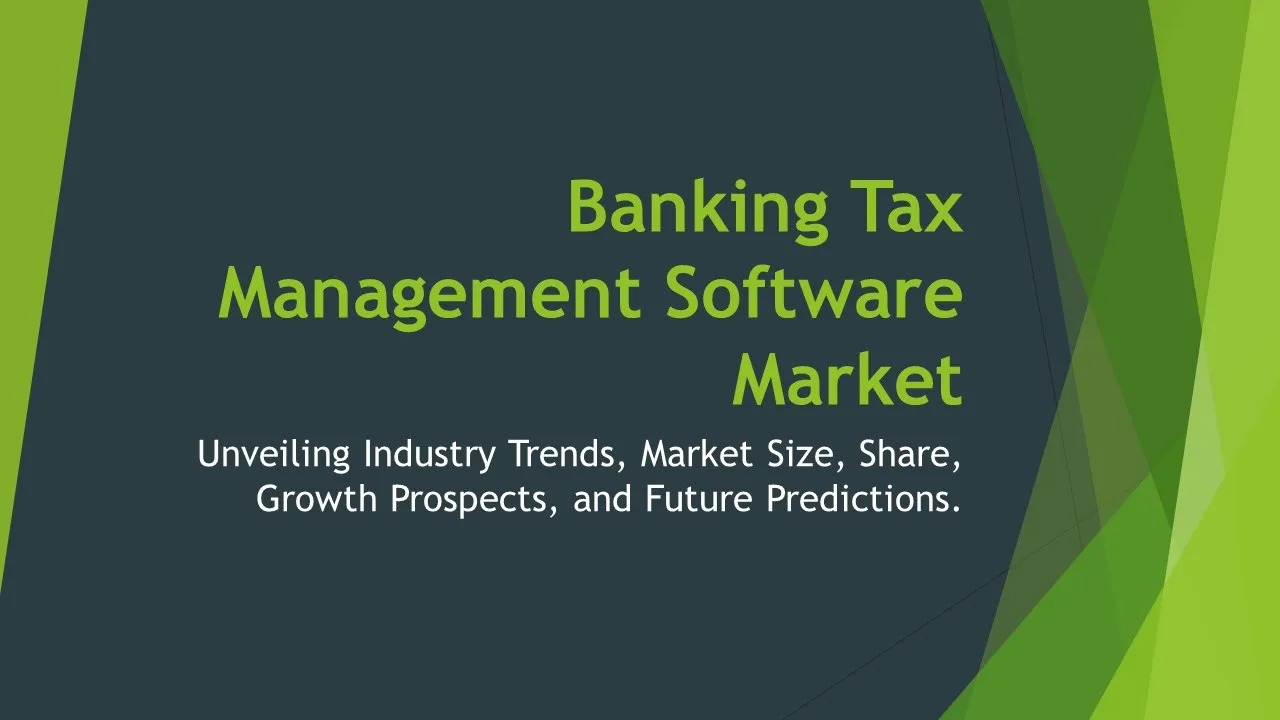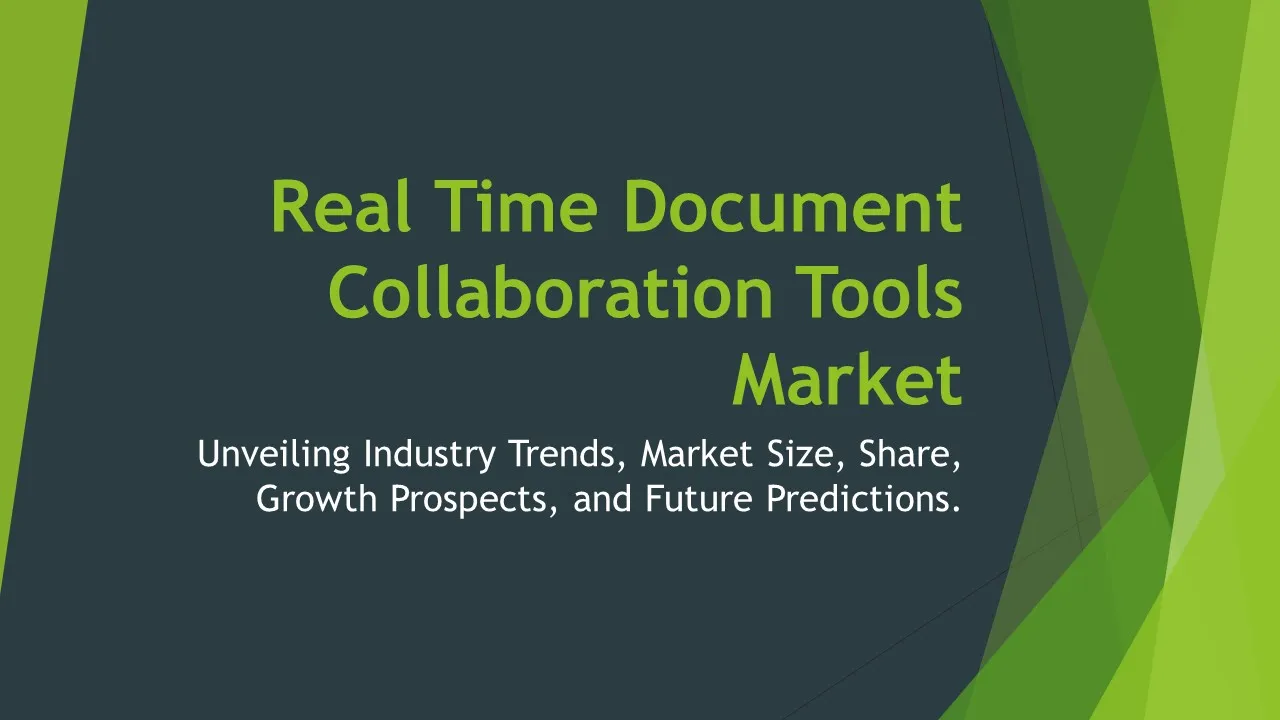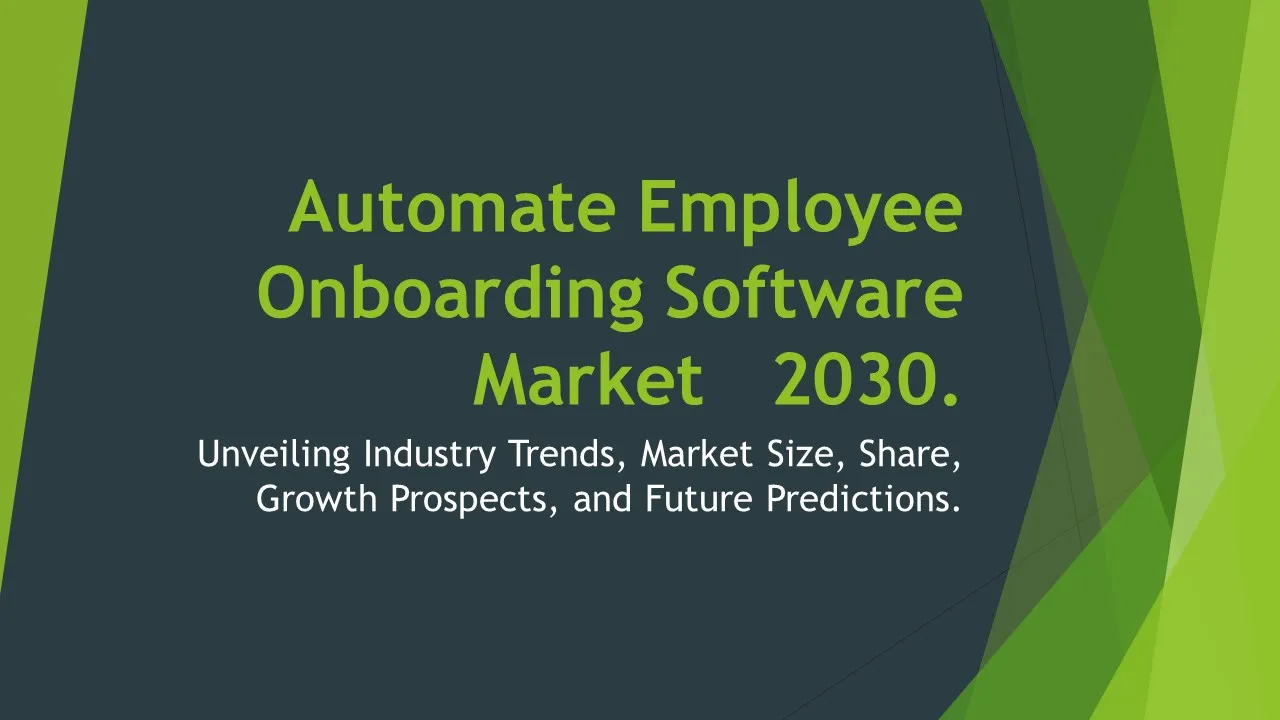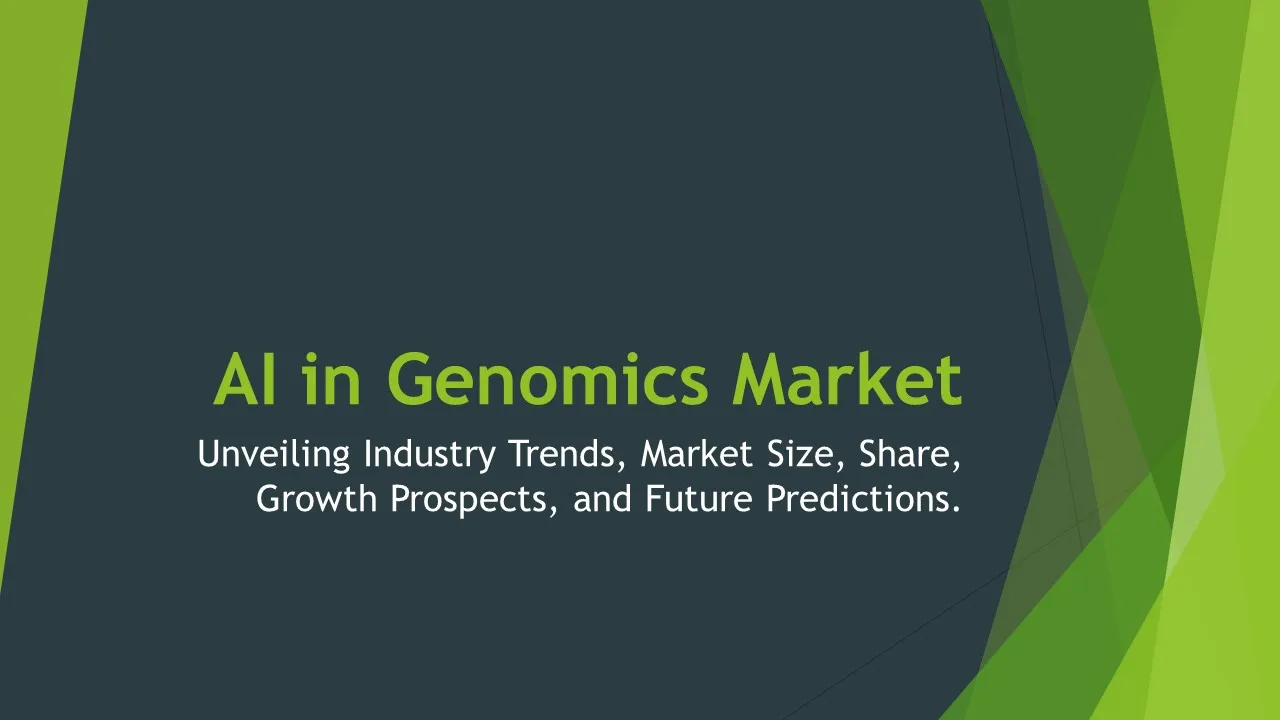Automated Data Science and Machine Learning Platforms
Automated Data Science and Machine Learning Platforms Market Segments - by Product Type (AutoML Platforms, Data Preparation Platforms, Model Deployment Platforms, Model Monitoring Platforms, Model Interpretation Platforms), Application (Predictive Analytics, Fraud Detection, Customer Segmentation, Recommendation Systems, and Others), Distribution Channel (Direct Sales, Indirect Sales), Ingredient Type (AI Algorithms, Machine Learning Models), and Region (North America, Europe, Asia Pacific, Latin America, Middle East & Africa) - Global Industry Analysis, Growth, Share, Size, Trends, and Forecast 2025-2035
- Report Preview
- Table Of Content
- Segments
- Methodology
Automated Data Science and Machine Learning Platforms Market Outlook
The global Automated Data Science and Machine Learning Platforms market is projected to reach approximately USD 9.5 billion by 2035, growing at a CAGR of around 29% during the forecast period from 2025 to 2035. This surge in market size can be attributed to the increasing demand for data-driven decision-making across various industries, which is paving the way for the integration of advanced analytics and machine learning capabilities. Additionally, the rapid proliferation of big data and the pressing need for businesses to gain actionable insights from this data are contributing factors to the market's expansion. The advent of user-friendly automated platforms that minimize the need for programming expertise is also driving growth, empowering non-technical users to harness the power of machine learning for improved operational efficiency. Furthermore, the ongoing advancements in artificial intelligence (AI) and machine learning technologies are enabling organizations to optimize their processes, ultimately leading to enhanced productivity and profitability.
Growth Factor of the Market
The growth of the Automated Data Science and Machine Learning Platforms market is primarily driven by the increasing adoption of automation across various sectors, which is fundamentally changing how businesses operate. Organizations are recognizing the necessity of leveraging machine learning to analyze vast amounts of data, leading to more informed decision-making processes. Moreover, the rise of cloud computing technology has facilitated easier access to these platforms, thereby empowering SMEs to deploy machine learning solutions that were once available only to larger enterprises. The emergence of self-service analytics tools is also a significant factor, as they allow end-users to derive insights without extensive technical knowledge, thereby democratizing data science. Furthermore, the demand for personalized customer experiences has led to a greater focus on predictive analytics and customer segmentation, which depend heavily on machine learning platforms. Additionally, regulations concerning data privacy and security are prompting businesses to adopt more sophisticated analytics solutions that ensure compliance while deriving insights from data.
Key Highlights of the Market
- Market is projected to reach USD 9.5 billion by 2035, with a CAGR of 29% from 2025 to 2035.
- Increased reliance on data-driven decision-making is significantly propelling market growth.
- Cloud adoption is making automated platforms more accessible to businesses of all sizes.
- Self-service tools are changing the landscape, allowing non-technical users to utilize data science.
- Regulatory compliance is driving the demand for advanced data analytics solutions.
By Product Type
AutoML Platforms:
AutoML platforms are designed to automate the end-to-end process of applying machine learning to real-world problems. By minimizing or eliminating the need for manual intervention, these platforms provide significant benefits in terms of efficiency and speed. The growing complexity of machine learning models and the diverse nature of datasets necessitate automated solutions that can optimize model selection, hyperparameter tuning, and feature engineering. This type of platform is particularly beneficial for organizations that may lack the specialized expertise required to deploy machine learning effectively. As businesses strive to leverage AI for competitive advantage, the demand for AutoML platforms is expected to rise, particularly among small and medium enterprises that want to harness machine learning capabilities without extensive resources or expertise.
Data Preparation Platforms:
Data preparation platforms serve as essential tools for organizations seeking to cleanse, transform, and enrich their data before feeding it into machine learning models. These platforms streamline the data wrangling process, addressing the often labor-intensive task of preparing raw data for analysis. With the increasing volume of data generated across industries, the necessity for efficient data preparation solutions is more pronounced than ever. These platforms not only facilitate quicker and more accurate data handling but also promote collaboration among data scientists and analysts, enabling teams to work seamlessly on projects. As companies continue to recognize the importance of quality data for machine learning success, the market for data preparation platforms is witnessing substantial growth.
Model Deployment Platforms:
Model deployment platforms play a critical role in operationalizing machine learning models, allowing organizations to put their predictive analytics solutions into practice. These platforms simplify the transition from development to production, enabling data scientists to deploy models quickly and efficiently. Given the shifting landscape where rapid results are expected, the importance of these platforms has escalated. Organizations are increasingly seeking the ability to continuously integrate and deliver models, aligning with agile methodologies in software development. As a result, model deployment platforms are becoming indispensable for businesses aiming to make data-driven decisions in real-time, leading to improved customer experiences and enhanced operational efficiency.
Model Monitoring Platforms:
Model monitoring platforms are critical for ensuring that deployed machine learning models continue to perform as expected over time. With the dynamic nature of data and shifting business environments, it is essential for organizations to track model performance and detect any degradation in accuracy. These platforms provide the necessary tools for continuous evaluation and retraining of models, allowing organizations to maintain their competitive edge. As businesses increasingly depend on machine learning for decision-making, the demand for robust model monitoring solutions is on the rise. This segment of the market is expected to expand as organizations recognize the importance of maintaining model integrity and reliability.
Model Interpretation Platforms:
Model interpretation platforms are becoming increasingly relevant as organizations seek to understand the underlying mechanics of their machine learning models. As data-driven decision-making becomes more prevalent, stakeholders require transparency in the predictions made by these models. These platforms provide insights into how models arrive at specific conclusions, which can be crucial for regulatory compliance and building trust with end-users. The ability to explain AI-driven decisions is becoming a significant competitive advantage, prompting organizations to invest in model interpretation tools that can elucidate model behaviors. Consequently, this segment is expected to witness significant growth as companies aim to foster trust and accountability in their AI initiatives.
By Application
Predictive Analytics:
Predictive analytics is one of the most prominent applications of automated data science and machine learning platforms, enabling organizations to anticipate future events based on historical data. By employing advanced algorithms and machine learning techniques, businesses can identify trends, forecast outcomes, and make informed decisions to optimize operations. This application is particularly advantageous in sectors such as finance, healthcare, and retail, where understanding future customer behavior or market dynamics is crucial. As organizations increasingly rely on data to drive strategies, the demand for predictive analytics solutions within automated platforms is expected to surge, enhancing the overall effectiveness of decision-making processes.
Fraud Detection:
Fraud detection is a critically essential application of automated data science and machine learning platforms, especially in the banking and financial services sector. These platforms leverage machine learning algorithms to identify patterns and anomalies in transaction data, allowing organizations to detect fraudulent activity in real-time. Given the increasing sophistication of fraud schemes, traditional methods of detection are becoming inadequate, necessitating the adoption of automated solutions. The ability to quickly analyze vast amounts of data not only enhances the security of financial transactions but also helps build customer trust. Consequently, the market for fraud detection applications is witnessing robust growth, as organizations invest in these platforms to safeguard their operations.
Customer Segmentation:
Customer segmentation is another vital application of automated data science and machine learning platforms that enables organizations to classify their customers into distinct groups based on behavior, preferences, and demographics. This process empowers businesses to tailor their marketing strategies, optimize product offerings, and enhance customer satisfaction. By leveraging machine learning capabilities, organizations can achieve more accurate and dynamic segmentation, allowing for highly personalized marketing efforts. As businesses recognize the value of targeted marketing in increasing customer engagement and retention, the demand for customer segmentation applications is expected to grow significantly, fueling the adoption of automated data science platforms.
Recommendation Systems:
Recommendation systems are a key application that has revolutionized how businesses interact with their customers. By utilizing machine learning algorithms, these systems analyze user behavior and preferences to provide personalized product or content suggestions. This application is prevalent in e-commerce, streaming services, and social media platforms, where user engagement is paramount. Automated platforms are enhancing the sophistication of these recommendation systems, allowing businesses to improve user experience, drive sales, and foster customer loyalty. As competition intensifies in the digital marketplace, organizations are increasingly investing in advanced recommendation systems, thus propelling the growth of automated data science and machine learning platforms.
Others:
Other applications of automated data science and machine learning platforms encompass a wide range of use cases, including risk assessment, supply chain optimization, and operational efficiency enhancement. These platforms allow organizations to leverage machine learning for various analytical needs, driving innovation in multiple sectors. As businesses continue to explore the full potential of data analytics, the diversity of applications is expected to broaden. The adoption of automated platforms across various domains will likely remain strong, as organizations strive for operational excellence and seek to capitalize on the insights derived from their data.
By Distribution Channel
Direct Sales:
Direct sales remain a prominent distribution channel for automated data science and machine learning platforms, as many vendors opt to engage with customers directly. This approach allows for personalized interactions, providing businesses with the opportunity to understand their customers’ specific needs and tailor solutions accordingly. Direct sales enable organizations to receive comprehensive support and training directly from the vendor, facilitating smoother implementation and integration of the platforms into existing workflows. As a result, this distribution channel is expected to remain significant, especially for larger enterprises that require bespoke solutions and dedicated support.
Indirect Sales:
Indirect sales are gaining traction as a distribution channel for automated data science and machine learning platforms, primarily through partnerships with resellers, system integrators, and consulting firms. This approach allows vendors to leverage the existing relationships and market knowledge of their partners, facilitating broader market penetration. Indirect sales can also help organizations access a wider range of services, including consultancy and implementation support, which can be crucial for successful deployment. As the market for automated platforms continues to evolve, the reliance on indirect sales channels is likely to increase, helping to drive market growth and expand the reach of these solutions.
By Ingredient Type
AI Algorithms:
AI algorithms play a fundamental role in the functioning of automated data science and machine learning platforms, as they form the backbone of machine learning models. These algorithms enable platforms to analyze data, identify patterns, and make predictions, leading to actionable insights. As the demand for sophisticated analytics grows, the need for advanced AI algorithms has surged, driving innovation in this segment. Organizations are increasingly investing in platforms that incorporate cutting-edge algorithms, as these can significantly enhance model performance and accuracy. Consequently, the market for AI algorithms as an ingredient type is expected to witness robust growth, bolstered by the continued advancement of AI technologies.
Machine Learning Models:
Machine learning models serve as a critical ingredient in the automated data science and machine learning platforms, as they are the practical implementations of AI algorithms. These models are trained on historical data to recognize patterns and make predictions about future outcomes. The increasing availability of diverse datasets and advancements in computing power are facilitating the development of more complex and effective machine learning models. As organizations seek to harness the power of data for competitive advantage, the incorporation of advanced machine learning models into automated platforms is becoming increasingly vital. This segment is projected to continue its upward trajectory as more businesses adopt machine learning solutions across various industries.
By Region
The North American region is expected to dominate the Automated Data Science and Machine Learning Platforms market, driven by the presence of key technology players and a strong focus on innovation within the region. The adoption of advanced analytics solutions among enterprises in the United States and Canada is significantly contributing to this growth. With an estimated market share of approximately 40% in 2025, North America is leading the charge in deploying automated platforms across various sectors, including finance, healthcare, and retail. Moreover, the continuous investment in artificial intelligence technologies and a robust infrastructure for data-driven decision-making further enhance the region's growth potential. The CAGR in North America is projected to be around 30%, reflecting the increasing reliance on automation and machine learning solutions.
Europe is another significant market, accounting for approximately 25% of the global market share in 2025. The region's growth is fueled by the increasing emphasis on digital transformation and the adoption of advanced analytics in various industries. Countries such as Germany, the United Kingdom, and France are at the forefront of integrating automated data science platforms into their operational frameworks. Furthermore, the European market is witnessing a surge in regulatory compliance requirements, pushing organizations to adopt sophisticated analytics solutions that ensure adherence to data protection laws. The projected CAGR for Europe during the forecast period is around 28%, indicating a strong demand for automated platforms within the region. In contrast, regions such as Asia Pacific, Latin America, and the Middle East & Africa are also expected to experience substantial growth, albeit from a smaller base, as organizations increasingly recognize the value of leveraging data science for competitive advantage.
Opportunities
The increasing digitalization of businesses presents a substantial opportunity for the Automated Data Science and Machine Learning Platforms market. As organizations across various industries undergo digital transformation initiatives, they require advanced analytics solutions to gain insights from the vast amounts of data being generated. This shift toward data-centric decision-making is creating a fertile ground for the proliferation of automated platforms, which can streamline the data analysis process and provide actionable insights more efficiently than traditional methods. Moreover, the rise of cloud computing technologies is enabling organizations to access these platforms without significant upfront investments, making them more accessible to small and medium enterprises. As these trends continue, the market is expected to witness significant growth, driven by the increasing adoption of data-driven strategies.
Additionally, the continual evolution of artificial intelligence and machine learning technologies presents myriad opportunities for innovation within the Automated Data Science and Machine Learning Platforms market. As advancements in AI algorithms lead to more sophisticated analytics capabilities, businesses will increasingly seek platforms that can leverage these technologies for enhanced performance and accuracy. The integration of AI with other technologies, such as the Internet of Things (IoT) and big data analytics, is further expanding the landscape of opportunities for automated platforms. Organizations aiming to stay competitive must invest in these cutting-edge solutions to harness the full potential of their data, thereby driving demand and growth in the market.
Threats
Despite the significant growth prospects for the Automated Data Science and Machine Learning Platforms market, various threats could impede its progress. One of the primary challenges is the increasing scrutiny surrounding data privacy and security, particularly with the introduction of stringent regulations such as the General Data Protection Regulation (GDPR) in Europe. Organizations adopting automated platforms must ensure they comply with these regulations while still deriving valuable insights from their data. The potential for data breaches and misuse can deter organizations from fully embracing automated analytics solutions, posing a significant threat to market expansion. Furthermore, as the technology landscape evolves, the emergence of new competitors offering alternative solutions could lead to market fragmentation and increased competition, potentially impacting pricing strategies and revenue growth.
Another significant restrainer for the market is the shortage of skilled professionals capable of managing and interpreting data science projects. While automated platforms are designed to simplify the deployment of machine learning models, there remains a need for experts who can effectively leverage these tools to achieve desired outcomes. The existing skills gap in data science and machine learning can limit the adoption of automated platforms, as organizations may struggle to fully utilize their potential without adequately trained personnel. As demand for automated data science solutions continues to rise, addressing this skills gap will be crucial for sustaining market growth and maximizing the benefits of these technologies.
Competitor Outlook
- DataRobot
- H2O.ai
- RapidMiner
- Alteryx
- Google Cloud AutoML
- IBM Watson Studio
- Microsoft Azure Machine Learning
- SAS Viya
- Amazon SageMaker
- KNIME
- Domino Data Lab
- TIBCO Spotfire
- BigML
- Orange Data Mining
- Tableau
The competitive landscape of the Automated Data Science and Machine Learning Platforms market is characterized by a diverse range of players vying for market share. Major technology companies, specialized analytics firms, and emerging startups are all contributing to a dynamic and evolving marketplace. Established players like IBM, Google, and Microsoft continue to enhance their offerings through innovative features, integrations, and partnerships, enabling them to maintain a competitive edge. Meanwhile, smaller firms such as DataRobot and H2O.ai focus on providing specialized solutions and user-friendly platforms that cater to the growing demands of businesses seeking automation in their data science processes. This competitive diversity fosters a rich ecosystem, driving continuous innovation and improvements within the market.
Among the notable companies in this space, DataRobot has positioned itself as a leader in the AutoML segment, offering a platform that enables users to build and deploy machine learning models quickly and efficiently. The company’s emphasis on democratizing data science appeals to organizations of all sizes, as it allows users with varying levels of technical expertise to harness the power of machine learning. The focus on usability, combined with robust features, has contributed to DataRobot’s strong market presence, making it a preferred choice for many enterprises looking to implement automated data science solutions.
Another key player, H2O.ai, is recognized for its open-source machine learning platform that allows users to develop machine learning applications across different environments. The company’s commitment to transparency and community engagement has helped it build a loyal user base. H2O.ai emphasizes flexibility and accessibility, catering to both data scientists and business users. As organizations increasingly seek solutions that facilitate collaboration between technical and non-technical stakeholders, H2O.ai's offerings are well-positioned to meet this demand, further solidifying its standing in the market.
1 Appendix
- 1.1 List of Tables
- 1.2 List of Figures
2 Introduction
- 2.1 Market Definition
- 2.2 Scope of the Report
- 2.3 Study Assumptions
- 2.4 Base Currency & Forecast Periods
3 Market Dynamics
- 3.1 Market Growth Factors
- 3.2 Economic & Global Events
- 3.3 Innovation Trends
- 3.4 Supply Chain Analysis
4 Consumer Behavior
- 4.1 Market Trends
- 4.2 Pricing Analysis
- 4.3 Buyer Insights
5 Key Player Profiles
- 5.1 BigML
- 5.1.1 Business Overview
- 5.1.2 Products & Services
- 5.1.3 Financials
- 5.1.4 Recent Developments
- 5.1.5 SWOT Analysis
- 5.2 KNIME
- 5.2.1 Business Overview
- 5.2.2 Products & Services
- 5.2.3 Financials
- 5.2.4 Recent Developments
- 5.2.5 SWOT Analysis
- 5.3 H2O.ai
- 5.3.1 Business Overview
- 5.3.2 Products & Services
- 5.3.3 Financials
- 5.3.4 Recent Developments
- 5.3.5 SWOT Analysis
- 5.4 Alteryx
- 5.4.1 Business Overview
- 5.4.2 Products & Services
- 5.4.3 Financials
- 5.4.4 Recent Developments
- 5.4.5 SWOT Analysis
- 5.5 Tableau
- 5.5.1 Business Overview
- 5.5.2 Products & Services
- 5.5.3 Financials
- 5.5.4 Recent Developments
- 5.5.5 SWOT Analysis
- 5.6 SAS Viya
- 5.6.1 Business Overview
- 5.6.2 Products & Services
- 5.6.3 Financials
- 5.6.4 Recent Developments
- 5.6.5 SWOT Analysis
- 5.7 DataRobot
- 5.7.1 Business Overview
- 5.7.2 Products & Services
- 5.7.3 Financials
- 5.7.4 Recent Developments
- 5.7.5 SWOT Analysis
- 5.8 RapidMiner
- 5.8.1 Business Overview
- 5.8.2 Products & Services
- 5.8.3 Financials
- 5.8.4 Recent Developments
- 5.8.5 SWOT Analysis
- 5.9 TIBCO Spotfire
- 5.9.1 Business Overview
- 5.9.2 Products & Services
- 5.9.3 Financials
- 5.9.4 Recent Developments
- 5.9.5 SWOT Analysis
- 5.10 Domino Data Lab
- 5.10.1 Business Overview
- 5.10.2 Products & Services
- 5.10.3 Financials
- 5.10.4 Recent Developments
- 5.10.5 SWOT Analysis
- 5.11 Amazon SageMaker
- 5.11.1 Business Overview
- 5.11.2 Products & Services
- 5.11.3 Financials
- 5.11.4 Recent Developments
- 5.11.5 SWOT Analysis
- 5.12 IBM Watson Studio
- 5.12.1 Business Overview
- 5.12.2 Products & Services
- 5.12.3 Financials
- 5.12.4 Recent Developments
- 5.12.5 SWOT Analysis
- 5.13 Orange Data Mining
- 5.13.1 Business Overview
- 5.13.2 Products & Services
- 5.13.3 Financials
- 5.13.4 Recent Developments
- 5.13.5 SWOT Analysis
- 5.14 Google Cloud AutoML
- 5.14.1 Business Overview
- 5.14.2 Products & Services
- 5.14.3 Financials
- 5.14.4 Recent Developments
- 5.14.5 SWOT Analysis
- 5.15 Microsoft Azure Machine Learning
- 5.15.1 Business Overview
- 5.15.2 Products & Services
- 5.15.3 Financials
- 5.15.4 Recent Developments
- 5.15.5 SWOT Analysis
- 5.1 BigML
6 Market Segmentation
- 6.1 Automated Data Science and Machine Learning Platforms Market, By Application
- 6.1.1 Predictive Analytics
- 6.1.2 Fraud Detection
- 6.1.3 Customer Segmentation
- 6.1.4 Recommendation Systems
- 6.1.5 Others
- 6.2 Automated Data Science and Machine Learning Platforms Market, By Product Type
- 6.2.1 AutoML Platforms
- 6.2.2 Data Preparation Platforms
- 6.2.3 Model Deployment Platforms
- 6.2.4 Model Monitoring Platforms
- 6.2.5 Model Interpretation Platforms
- 6.3 Automated Data Science and Machine Learning Platforms Market, By Ingredient Type
- 6.3.1 AI Algorithms
- 6.3.2 Machine Learning Models
- 6.4 Automated Data Science and Machine Learning Platforms Market, By Distribution Channel
- 6.4.1 Direct Sales
- 6.4.2 Indirect Sales
- 6.1 Automated Data Science and Machine Learning Platforms Market, By Application
7 Competitive Analysis
- 7.1 Key Player Comparison
- 7.2 Market Share Analysis
- 7.3 Investment Trends
- 7.4 SWOT Analysis
8 Research Methodology
- 8.1 Analysis Design
- 8.2 Research Phases
- 8.3 Study Timeline
9 Future Market Outlook
- 9.1 Growth Forecast
- 9.2 Market Evolution
10 Geographical Overview
- 10.1 Europe - Market Analysis
- 10.1.1 By Country
- 10.1.1.1 UK
- 10.1.1.2 France
- 10.1.1.3 Germany
- 10.1.1.4 Spain
- 10.1.1.5 Italy
- 10.1.1 By Country
- 10.2 Asia Pacific - Market Analysis
- 10.2.1 By Country
- 10.2.1.1 India
- 10.2.1.2 China
- 10.2.1.3 Japan
- 10.2.1.4 South Korea
- 10.2.1 By Country
- 10.3 Latin America - Market Analysis
- 10.3.1 By Country
- 10.3.1.1 Brazil
- 10.3.1.2 Argentina
- 10.3.1.3 Mexico
- 10.3.1 By Country
- 10.4 North America - Market Analysis
- 10.4.1 By Country
- 10.4.1.1 USA
- 10.4.1.2 Canada
- 10.4.1 By Country
- 10.5 Middle East & Africa - Market Analysis
- 10.5.1 By Country
- 10.5.1.1 Middle East
- 10.5.1.2 Africa
- 10.5.1 By Country
- 10.6 Automated Data Science and Machine Learning Platforms Market by Region
- 10.1 Europe - Market Analysis
11 Global Economic Factors
- 11.1 Inflation Impact
- 11.2 Trade Policies
12 Technology & Innovation
- 12.1 Emerging Technologies
- 12.2 AI & Digital Trends
- 12.3 Patent Research
13 Investment & Market Growth
- 13.1 Funding Trends
- 13.2 Future Market Projections
14 Market Overview & Key Insights
- 14.1 Executive Summary
- 14.2 Key Trends
- 14.3 Market Challenges
- 14.4 Regulatory Landscape
Segments Analyzed in the Report
The global Automated Data Science and Machine Learning Platforms market is categorized based on
By Product Type
- AutoML Platforms
- Data Preparation Platforms
- Model Deployment Platforms
- Model Monitoring Platforms
- Model Interpretation Platforms
By Application
- Predictive Analytics
- Fraud Detection
- Customer Segmentation
- Recommendation Systems
- Others
By Distribution Channel
- Direct Sales
- Indirect Sales
By Ingredient Type
- AI Algorithms
- Machine Learning Models
By Region
- North America
- Europe
- Asia Pacific
- Latin America
- Middle East & Africa
Key Players
- DataRobot
- H2O.ai
- RapidMiner
- Alteryx
- Google Cloud AutoML
- IBM Watson Studio
- Microsoft Azure Machine Learning
- SAS Viya
- Amazon SageMaker
- KNIME
- Domino Data Lab
- TIBCO Spotfire
- BigML
- Orange Data Mining
- Tableau
- Publish Date : Jan 21 ,2025
- Report ID : IT-69102
- No. Of Pages : 100
- Format : |
- Ratings : 4.5 (110 Reviews)









